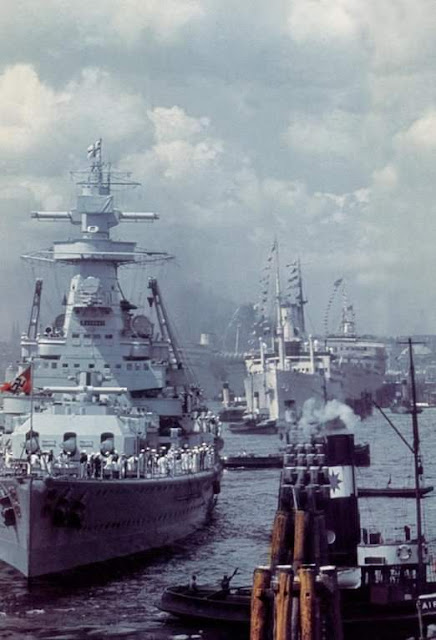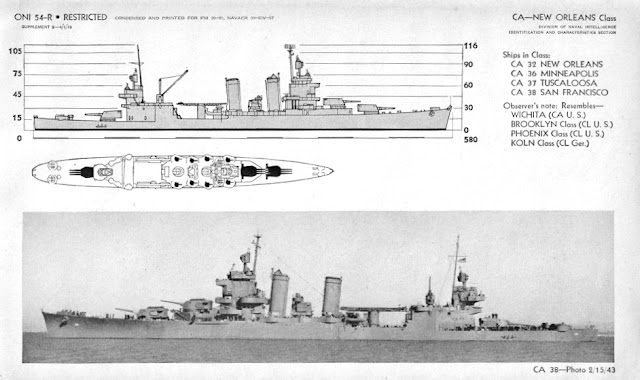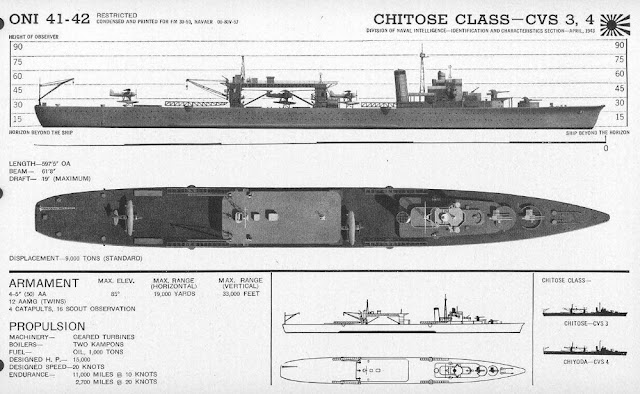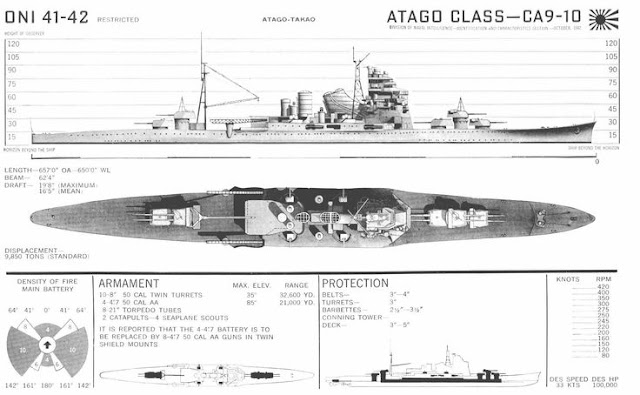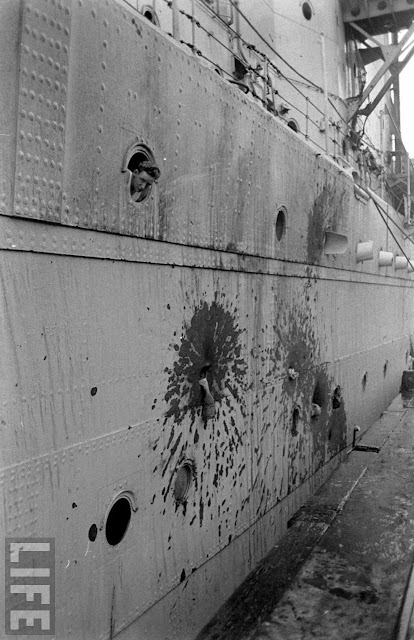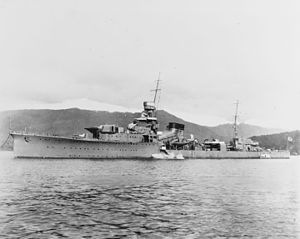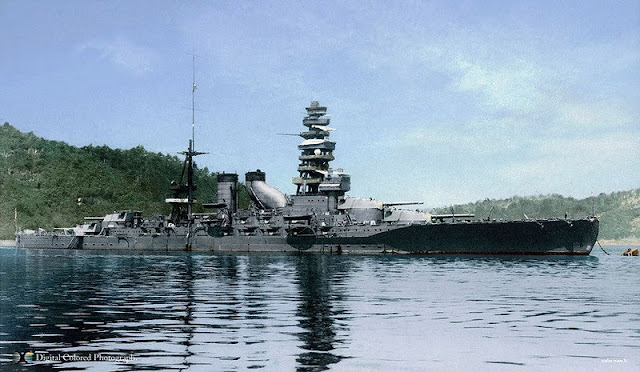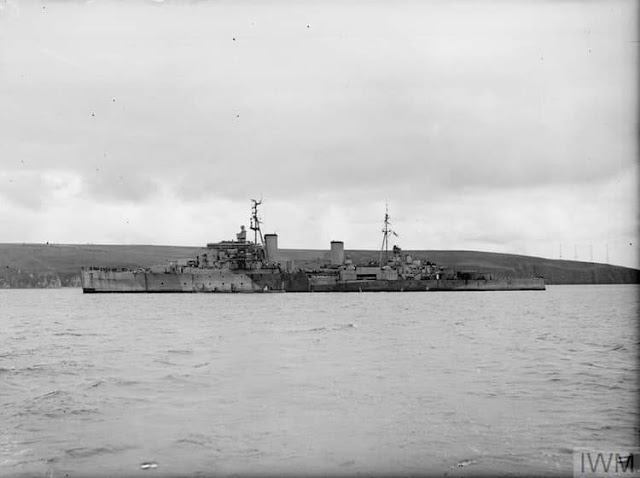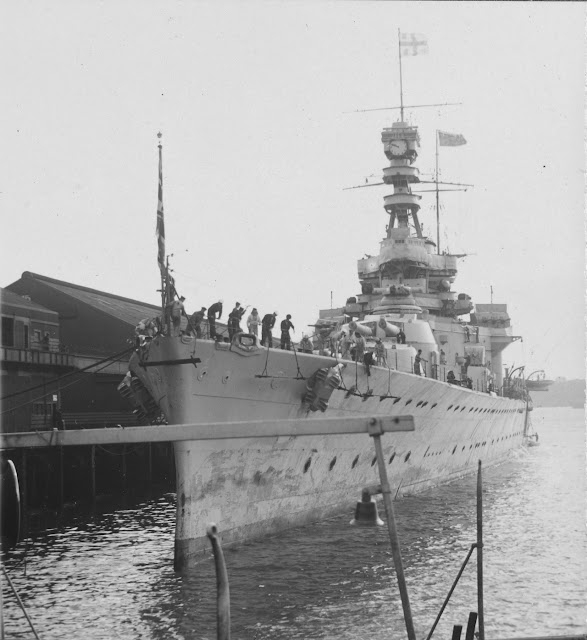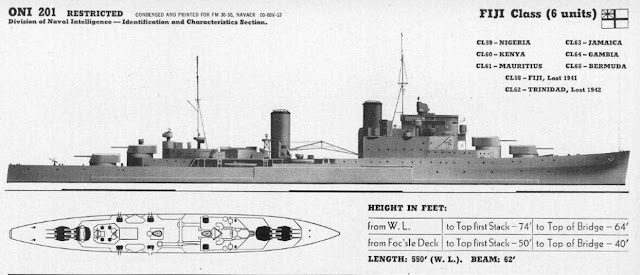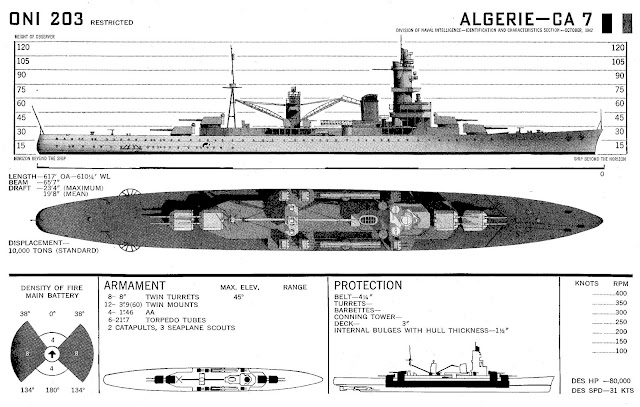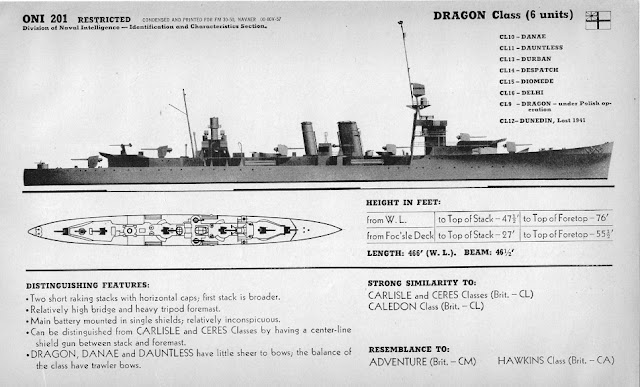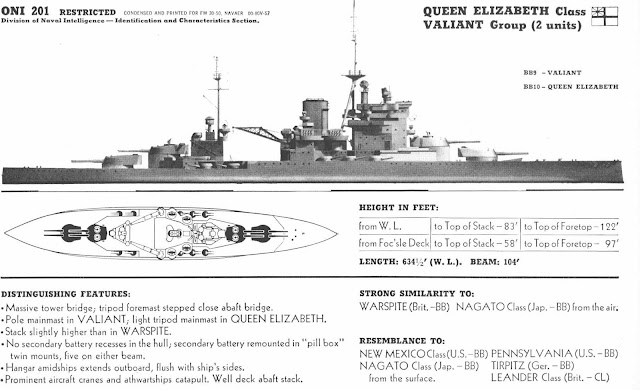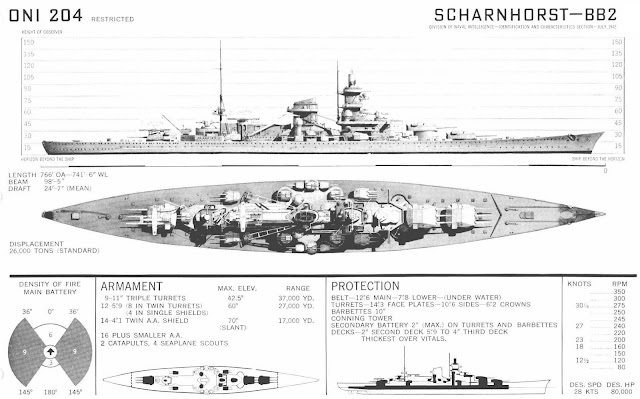 |
| Graf Spee at Spithead 1937. HMS Hood and HMS Resolution are in the background. |
Ship and Naval History from the late 19th century to the late 20th century. Please feel free to leave comments any feedback is always appreciated.
Monday, 27 May 2019
HMS Cossack
 |
| HMS Cossack |
HMS New Zealand
Sunday, 26 May 2019
HMS Hood
Wednesday, 22 May 2019
Tuesday, 21 May 2019
HMS Opossum
 |
| HMS Opossum in Portsmouth Harbour with HMS Victory in the background |
The Opossum was one of three 27-knot destroyers ordered from Hawthorn Leslie as part of the 1893-4 programme. They were all sturdy three funnelled destroyers that survived the First World War.
The Hawthorn Leslie ships had eight Yarrow water-tube boilers organised in pairs. Each pair had a shared uptake, and the uptakes from pairs 2 and 3 were trunked together to produce the three funnel layout.
The Hawthorn Leslie ships carried one torpedo tube between the second and third funnels and one towards the rear, just in front of the aft gun position.
By April 1918 she had the approved depth charge armament of two throwers and eighteen charges, with the aft gun and the torpedo tubes removed to compensate for the extra weight.
Pre-War Service
The Opossum was laid down on 17 September 1894 and launched on 9 August 1895.
On 27 September 1895, the Opossum reached 27.875 knots on her preliminary trials, possibly with a full load on board.
On 3 February 1896, she carried out a three hour full power trial. On the three hour trial, she averaged 27.131 knots. The average speed of her six runs on the measured mile off Maplin Sands was 28.242 knots and she completed the fastest mile in 1 minute 55.4 seconds.
The Opossum was accepted into the Royal Navy in March 1896.
In early June 1896, the Opossum left Plymouth to replace HMS Lynx on duty at the Scilly Isles. Soon afterwards she ran onto some rocks of the Scilly Islands and suffered heavy damage, including to her propellers. While this was being fixed, serious problems with her boilers were also discovered and needed repairing. The first attempt at boiler tests in mid-July failed due to leaky joints. On Monday 27 July she was taken out for a three-hour trial, but this had to be abandoned after the first hour after some of the main fittings to the port high-pressure cylinder of her triple expansion engines.
In 1897-98 the Opossum was part of the Devonport instructional flotilla and was commanded by Roger Keyes, the future Admiral of the Fleet.
On Wednesday 19 October 1898 her propeller became entangled in a mooring rope while entering the outer harbour at Torquay. She was unable to free herself, and a local diver had to untangle her.
The Opossum took part in the 1901 naval manoeuvres, which began in late July. These involved two fleets – Fleet B began in the North Sea and had the task of keeping the English Channel open to trade. Fleet X began off the north coast of Ireland and had the task of stopping trade in the Channel. The Opossum was part of Squadron C, a force of destroyers from Devonport that joined Fleet B. This was the first time both sides in the annual exercises had been given an equal force of destroyers. The exercises ended with a victory for Fleet X. The destroyer forces didn’t live up to expectations, either in torpedo attack or as scouts.
Until 1904 the Opossum was with the Devonport Flotilla, one of the three large flotillas that contained all of the Navy’s destroyers. From 1904 the Opossum was with the Nore Flotilla.
From 1905 to 1907 the Opossum was with the Nore Flotilla, part of the Home Fleet and in reduced commission.
By 1911 the Opossum was part of the 6th Destroyer Flotilla, a reserve formation in the 3rd Division of the Home Fleet. The flotilla was split between three ports, and the Opossum was based at Devonport.
From 1912 the Opossum was part of the Devonport Local Defence Flotilla, still in reduced commission.
In March 1913 she was in commission with a nucleus crew and was based at Devonport, where she was a tender to HMS Vivid, the Navy barracks at Devonport. She was commanded by gunner Sidney C. Cox.
By July 1914 she was back in active commission at Devonport.
First World War
The Opossum wasn’t listed in the Admiralty Pink List of August 1914, suggesting that she hadn’t yet been allocated to any of the active forces.
That didn’t last for long, and in November 1914 she was one of four destroyers serving with the Devonport Local Defence Flotilla.
In June 1915 she was one of six destroyers and a force of torpedo boats serving with the Devonport Local Defence Flotilla.
In January 1916 the Opossum was one of six destroyers in the Devonport Defence Flotilla. However, she was then undergoing repairs, with no clear date for their completion. Another two of the destroyers were undergoing repairs that were expected to be completed by mid-January.
In October 1916 the Opossum was one of six destroyers in the Devonport Defence Flotilla, along with eight torpedo boats.
In January 1917 the Opossum was one of six destroyers in the Devonport Defence Flotilla.
On 1 April 1917, she was one of seven Royal Navy ships that helped with the salvage of SS Valacia. In September 1918 her crew was awarded Naval Salvage Money for their efforts.
In June 1917 the Opossum was one of five destroyers in the Devonport Defence Flotilla, but she had been paid off and was Chatham.
Naval Staff Monograph Vol.19, covering events in Home Waters in May-July 1918, also listed her as part of the Plymouth Local Defence Flotilla, but also as being paid off.
From July 1917 she was commanded by Lt Arthur J Baxter.
In January 1918 the Opossum was one of four destroyers in the Devonport Defence Flotilla, although by this point the port also contained the massive Fourth Destroyer Flotilla, part of the anti-submarine force.
In June 1918 she was one of three destroyers and a force of torpedo boats serving with the Devonport Local Flotilla.
On 11 November 1918, she was one of three destroyers and a force of torpedo boats serving with the Devonport Local Flotilla.
On 26 November 1918 Lt Baxter was awarded the Distinguished Service Cross for Action with Enemy Submarines. During the Second World War, he served as a Convoy Commodore, leading 37 convoys during the war.
By February 1919 she was one of a number of ships temporarily based at Devonport.
On 28 July 1920, she was sold to Ward at Preston to be scrapped.
Commanders:
July 1917-February 1919-: Lt Arthur J. Baxter, DSC
July 1917-February 1919-: Lt Arthur J. Baxter, DSC
USS Smith (DD-378)
Sunday, 19 May 2019
Light cruiser KMS Nurnberg
SMS Nurnberg 1906 - Konigsburg Class
USS Alabama (BB-60)
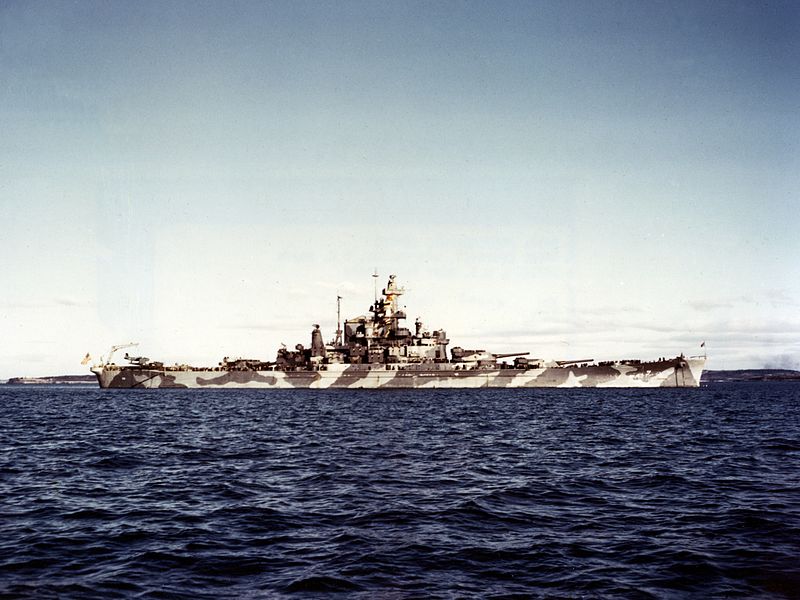 |
| USS Alabama in Casco Bay, Maine during her shakedown period December 1942. |
USS Alabama (BB-60) was the fourth and final member of the South Dakota-class of fast battleships built for the United States Navy in the 1930s. The first American battleships designed after the Washington treaty system began to break down in the mid-1930s, they took advantage of an escalator clause that allowed increasing the main battery to 16-inch (406 mm) guns, but Congressional refusal to authorize larger battleships kept their displacement close to the Washington limit of 35,000 long tons (36,000 t). A requirement to be armoured against the same caliber of guns as they carried, combined with the displacement restriction, resulted in cramped ships. Overcrowding was exacerbated by wartime modifications that considerably strengthened their anti-aircraft batteries and significantly increased their crews.
After entering service, Alabama was briefly deployed to strengthen the British Home Fleet, tasked with protecting convoys to the Soviet Union. In 1943, she was transferred to the Pacific for operations against Japan; the first of these was the Gilbert and Marshall Islands campaign that began in November that year. While operating in the Pacific, she served primarily as an escort for the fast carrier task force to protect the aircraft carriers from surface and air attacks. She also frequently bombarded Japanese positions in support of amphibious assaults. She took part in the Mariana and Palau Islands campaign in June–September and the Philippines campaign in October–December. After a refit in early 1945, she returned to the fleet for operations during the Battle of Okinawa and the series of attacks on the Japanese mainland in July and August, including several bombardments of coastal industrial targets.
Alabama assisted in Operation Magic Carpet after the war, carrying some 700 men home from the former war zone. She was decommissioned in 1947 and assigned to the Pacific Reserve Fleet, where she remained until 1962 when she was stricken from the Naval Vessel Register. A campaign to save the ship from the breakers' yard succeeded in raising the necessary funds, and Alabama was preserved as a museum ship in Mobile Bay, Alabama.
Monday, 13 May 2019
Tromp-class

The Tromp class was a class of flotilla leaders of the Royal Netherlands Navy. The hull shape was also known as the Argonaut 600. They were designed as "flotilla leaders" and their intended role was to be the backbone of a squadron of modern destroyers that was planned at the same time (One of which was finished in the UK and the other in Germany. Two others scrapped). The ships were ordered in 1935; Tromp was launched in 1937, and her sister ship Jacob van Heemskerk in 1939.
At the outbreak of World War II, Tromp was sent to the Dutch East Indies. Jacob van Heemskerk was still being completed in the naval shipyard in Den Helder when the German attack started on 10 May 1940, but she succeeded in escaping to the United Kingdom, where she was completed with a completely different armament set, as an anti-aircraft cruiser. Both ships served in the Far East and survived the war, Tromp to be decommissioned in 1955 and sold for scrap in 1969 and Jacob van Heemskerk to become an artillery instruction ship in 1947, decommissioned in 1969 and sold for scrap in 1970
Sunday, 12 May 2019
HMS Agincourt
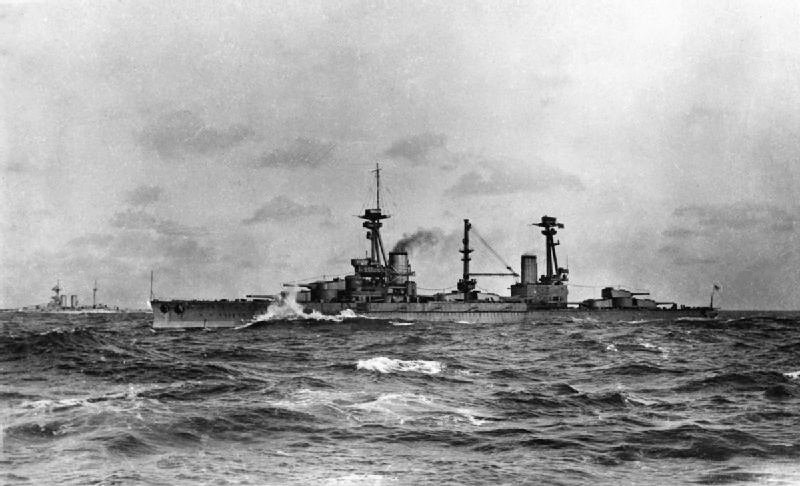
HMS Agincourt, Due to the South American Rivalry between Brazil, Argentina and Chile, The Brazilian Government ordered a dreadnought from Armstrong's to be called Rio de Janeiro. The design was changed after a change of Government in Brazil to incorporate seven main turrets making this a very long Battleship. The design was accepted and laid down in September 1911. But within the year the Brazilian Government were looking for another country to buy the battleship. and it was eventually sold to Turkey at the beginning of 1914 for the sum of £2,725,000.
The battleship was to be called Sultan Osman I for the Ottoman Empire. The ship was completed when world war one broke out but was not handed over to Turkey on the orders of Winston Churchill. The Admiralty had been ordered to slow down / delay the final construction in the months of June and July. The Battleship went on a number of sea trials, more than was expected by the Turkish Officers and Technicians. Ending up on the Forth near the railway bridge on the 18th July and in the morning sailed back to the Walker yard arriving under the Royal Navy Ensign and called HMS Agincourt (earning the nickname 'The Gin Palace')
On the 27th July, the Turkish steamer Nasid Pasha arrived with the Turkish crew and tied alongside the battleship. The Royal Navy were given the date of the 2nd August for the compete hand over of the ship to Turkish control. On the 2nd August, a detachment of Sherwood Foresters came marching through the gates with fixed bayonets and boarded the battleship. The Turkish Officers knew what was happening and offered no resistance, boarded the Neshid Pasha and departed shortly afterwards.
HMS Agincourt was officially commissioned on 7th August and joined the 1st Battle Squadron in time for the battle of Jutland.
Tuesday, 7 May 2019
Monday, 6 May 2019
Sunday, 5 May 2019
US Third Fleet
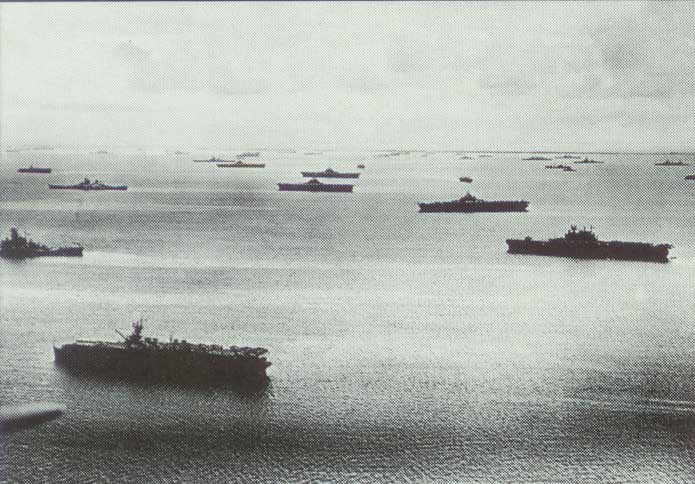
Third Fleet, Established March 15th 1943 under the command of Fleet Admiral William F. "Bull" Halsey Jr. Still, today provides maritime security across 50 million square miles of the Eastern and Northern Pacific Ocean.
Subscribe to:
Comments (Atom)
USS Eldridge (DE-173)
The USS Eldridge was a destroyer escort built for the United States Navy during World War II. It was part of the Cannon class and was ...

-
HMIS Bengal was a 1040 ton Bathurst-class corvette built to an Australian design for the Royal Indian Navy and only completed in August 1...
-
During the ongoing struggle to reinforce and preserve Suzuki's 35th Army on Leyte, the First Striking Force had spent all it's time ...



